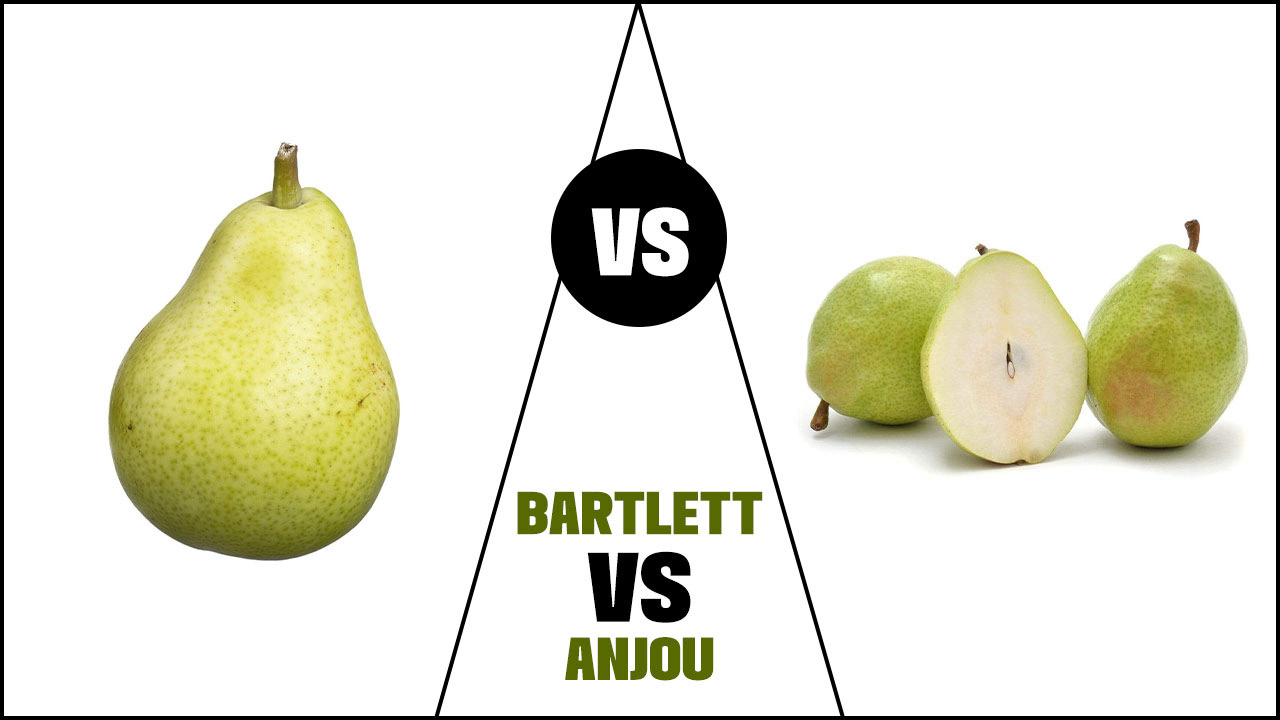Embark on an Egyptian Koshari Crawl in Cairo to savor this beloved national dish at its best. Discover the ultimate guide for beginners, covering top spots, ordering tips, and what makes Koshari a culinary adventure in Egypt.
Ever felt a bit lost navigating Cairo’s vibrant food scene, especially when trying to find the perfect bowl of Koshari? It’s a common feeling for many, myself included! Koshari, Egypt’s unofficial national dish, is a hearty and delicious mix that deserves to be explored properly. But with so many places serving it, where do you start? Don’t worry! I’m here to guide you through your very own “Koshari crawl” in Cairo, making it super simple and incredibly tasty. We’ll uncover the secrets to finding the best Koshari and how to enjoy every bite.
What is a Koshari Crawl?
Think of a food crawl, but specifically for Koshari! An Egyptian Koshari crawl involves visiting multiple distinct Koshari establishments within a relatively short period, often in a specific neighborhood, to sample and compare their versions of this iconic dish. It’s a fun and delicious way to experience the diversity of Koshari preparation and to truly understand why it’s a national obsession. Instead of just trying it once, you get to taste different flavor profiles, textures, and accompaniments, becoming a Koshari connoisseur in no time!
Why Go on a Koshari Crawl in Cairo?
Cairo is the undisputed heartland of Koshari. While you can find it all over Egypt and even in Egyptian restaurants abroad, experiencing it in its birthplace is something else entirely. Each Cairene eatery puts its own subtle spin on the classic recipe, influenced by the cooks, the neighborhood, and generations of tradition. A Koshari crawl allows you to:
- Discover regional variations and personal touches.
- Experience the authentic, bustling atmosphere of Egyptian eateries.
- Compare the balance of flavors and textures in different servings.
- Find your personal favorite Koshari spot in Cairo.
- Engage with local food culture on a deeper level.
The Anatomy of Koshari: What’s Inside?
Before we dive into the crawl, let’s break down what makes Koshari so special. It’s a brilliant, budget-friendly dish that perfectly marries simple ingredients into a flavor explosion. At its core, Koshari is a layered masterpiece:
- Base Layer: Cooked rice and macaroni (often a mix of short pasta shapes like ditalini or elbow macaroni).
- Protein: Small, crispy fried lentils (yes, lentils!) and chickpeas.
- Sauce: A tangy, spiced tomato sauce, often flavored with vinegar and garlic.
- Crunch: Crispy fried onions (shatta) are absolutely essential for that signature texture.
- Drizzle: A garlicky chili sauce (saha) and a spiced vinegar sauce (daqqa) are added according to personal preference.
It sounds like a lot, but it all comes together in a harmonious blend of carbs, protein, spices, and textures. It’s comfort food at its finest!
Planning Your Cairo Koshari Crawl: Essential Tips
Embarking on your Koshari adventure requires a little planning to make the most of it. Here’s how to prepare:
1. Choose Your Neighborhoods
Certain areas in Cairo are known for having a high concentration of excellent Koshari places. Consider exploring neighborhoods like:
- Downtown Cairo (Wust El Balad): Historic and central, with several long-standing Koshari institutions.
- Mohandessin: A modern district with many popular, well-regarded Koshari shops.
- Nasr City: A large, diverse area where you can find both traditional and more contemporary takes.
2. Timing is Key
Koshari is popular any time of day, but it’s particularly sought after during lunch and dinner hours. Aim to start your crawl in the late morning or early afternoon to avoid the biggest rushes, allowing you more time to savor each stop. Most Koshari shops are open from late morning until late at night.
3. Go with a Group (Optional but Fun!)
Sharing is caring, especially when it comes to food! Going with friends means you can order slightly different versions or simply split portions, allowing you to taste more without getting too full too quickly. Plus, it’s more fun discussing your findings with others.
4. Pace Yourself
This is crucial! Koshari is hearty. You don’t need to finish an entire large plate at every stop. Order a small or medium size, or even share a single plate between two people if you’re not overly hungry. The goal is to sample, not to stuff yourself.
5. Come Prepared for Simplicity
Many Koshari spots are small, no-frills eateries. Don’t expect fancy table service. It’s all about the food. Embrace the local vibe!
Your Cairo Koshari Crawl Itinerary: Top Spots & What to Expect
While there are countless Koshari vendors, some names consistently come up when you talk about the best in Cairo. Here are a few legendary spots and what makes them stand out. Remember, Koshari is often a taste-tested, highly debated topic, so these are starting points for your own exploration!
| Koshari Spot | Location Highlights | Signature Style/Notes | Typical Price Range (EGP) |
|---|---|---|---|
| Abou Tarek | Downtown Cairo (multiple branches, original is near Champollion St.) | Massive portions, classic taste, often hailed as the “king.” Very popular with tourists and locals alike. Known for crispy onions. | 20-50 (small to large) |
| Koshary El Kebir | Various branches, including Mohandessin and Nasr City. | Reliable, well-executed Koshari. Often praised for its balanced sauces and consistent quality. Modernized feel compared to some older spots. | 25-50 |
| Super Jet Koshary | Around Nasr City. | Another popular choice offering a satisfying, traditional Koshari experience. Often recognized for good value and generous toppings. | 20-40 |
| Koshary Hend | Multiple locations, including Mohandessin. | A well-regarded chain known for clean preparation and good flavor. Often a go-to for many Cairenes. | 25-50 |
| Local Street Vendors | Varying locations across Cairo | The true adventurous experience! Can offer unique, home-style flavors. Look for busy stalls with locals queuing. | 15-30 |
Note: Prices are approximate and subject to change. Always carry small denominations of Egyptian Pounds (EGP) for street food and smaller eateries.
Navigating the Menu (It’s Simple!)
Ordering Koshari is straightforward. You usually just need to indicate the size you want:
- Small (صغير – Sagheer)
- Medium (وسط – Waset)
- Large (كبير – Kebir)
Then, you’ll have the option to customize your sauces:
- Daqqa (الدقة): The spiced vinegar-garlic sauce. Essential for Koshari fans.
- Saha (الشطة): The chili sauce. Be warned – it can be very spicy! Add a little at a time.
Most places will automatically add standard portions of the tomato sauce and fried onions. If you’re unsure, just say you want it “normal” or “regular.”
Step-by-Step Guide to Your First Koshari Crawl Stop
Ready to dive in? Here’s a simple process for your first stop:
- Find a Reputable Spot: As listed above, or any place that looks busy and clean.
- Order Your Size: Start with a small or medium. You can always go back for more later if you’re still hungry!
- Choose Your Sauces: Ask for “daqqa” and “saha.” Be cautious with the saha unless you love extreme heat!
- Take a Seat (or Stand!): Many Koshari places have simple seating. Grab a table or enjoy it standing up like a local.
- Mix and Savor: Grab a spoon and gently stir your Koshari. The mix of textures and flavors is what it’s all about. Enjoy that first bite!
- Observe and Learn: Pay attention to what you like. Do you prefer more onion? A tangier sauce? This helps you refine your choices for the next stop.
- Pay and Move On: Payment is usually made at the counter. Thank your host and head to your next Koshari destination!
The Essential Koshari Toppings: A Deeper Dive
The magic of Koshari really comes alive with its toppings. Let’s break down the star players:
1. Crispy Fried Onions (Shatta – الشطة)
These aren’t just for garnish; they provide an irreplaceable crunchy texture and a sweet, slightly burnt flavor that contrasts beautifully with the softer ingredients. They are usually made by thinly slicing onions, tossing them with flour or cornstarch, and deep-frying until golden brown and crispy. They are a non-negotiable component for most Koshari enthusiasts.
2. Daqqa (الدقة)
This is a tangy, savory sauce made from garlic, vinegar, cumin, and sometimes coriander. It adds a zesty kick that cuts through the richness of the rice and pasta. You’ll often see it served in a communal pitcher or a separate bottle. The ratio of garlic to vinegar determines its potency, so taste and adjust.
3. Saha (الشطة)
This is the spicy element. It’s essentially a chili sauce or paste, often made from red chili peppers, oil, and spices. It can range in heat level significantly. Some places have a mild version; others serve a fire-breathing concoction. Always start with just a little drizzle, especially if you’re unsure of your spice tolerance.
4. Tomato Sauce (صلصة طماطم – Salset Tamatem)
A simple but flavorful tomato sauce, often cooked with garlic and a touch of vinegar for acidity. It binds the dish together and adds a comforting, familiar flavor. The quality and seasoning of this sauce can vary widely between vendors.
The Koshari Crawl Experience: Beyond Just Eating
A Koshari crawl is more than just consuming food; it’s an immersion. It’s about the sensory overload of a Cairo street, the chatter of locals, the sizzle from a nearby grill, and the aroma of spices. It’s about:
- Atmosphere: From bustling market stalls to small, family-run eateries, the setting is part of the charm.
- Interaction: Ordering is often a quick, friendly exchange. A smile and a “shukran” (thank you) go a long way.
- Discovery: Each new shop is a chance to find a unique blend or ingredient you hadn’t noticed before.
- Affordability: This is incredibly budget-friendly food! You can eat like royalty without breaking the bank. According to information from the American University in Cairo, Koshari has historically been a staple for people of all socioeconomic backgrounds due to its affordability and nutritional value.
Tips for Ordering Specific Ingredients
Sometimes you might want to tweak your Koshari. Here’s how to ask for specifics (though most places have a fixed way of serving):
- Extra Crispy Onions: “Malefeksh bazeed el shatta” (More crispy onions, please).
- Less Spicy: “Shweya saha bas” (Just a little bit of saha). Or, “mish hatta” (no chili).
- Extra Daqqa: “Malefeksh bazeed el daqqa” (More daqqa, please).
- Extra Lentils/Chickpeas: You can sometimes request “bazeed adas” (more lentils) or “bazeed hommos” (more chickpeas), though it’s less common.
Don’t hesitate to point at what you want if language is a barrier. Gestures are universal!
FAQs About Koshari Crawls in Cairo
Q1: Is Koshari vegetarian or vegan-friendly?
A: Yes, classic Koshari is naturally vegan! It’s made of rice, pasta, lentils, chickpeas, tomato sauce, vinegar, and chili. Just ensure the crispy onions are fried in vegetable oil, which is standard practice.
Q2: How much Koshari should I plan to eat at each stop?
A: To enjoy a crawl, order small or medium portions. You can also share a plate between two people. The goal is sampling, not overeating. Listen to your body!
Q3: What’s the spiciest part of Koshari?
A: The “saha” (chili sauce) is what brings the heat. It can be very potent, so ask for just a little if you’re sensitive to spices, or skip it entirely and just enjoy the garlic vinegar “daqqa.”
Q4: Can I find Koshari outside of Cairo?
A: Absolutely! Koshari is a national dish and can be found in most cities and towns throughout Egypt. Many Egyptian restaurants worldwide also serve it.
Q5: What’s the best time of day for a Koshari crawl?
A: Late morning to early afternoon (around 11 AM to 3 PM) or early evening (after 6 PM). This allows you to experience it during its peak popularity without necessarily hitting the absolute busiest rush hours.
Q6: Do I need to speak Arabic to order Koshari?
A: Not at all! Most Koshari vendors, especially in tourist-friendly areas or larger establishments, will have English-speaking staff or understand basic English terms. You can point to sizes and use gestures for sauces. “Sagheer” (small), “waset” (medium), “kebir” (large), “malefeksh” (more), and “saha” are useful words!
Q7: What are “Abou Tarek” and “Koshary El Kebir” known for?
A: Abou Tarek is famous for its legendary status, massive portions, and incredibly crispy onions. Koshary El Kebir is known for its consistency, modern approach, and balanced flavors across its many branches.
Beyond the Crawl: Making Koshari at Home
After experiencing the authentic Koshari crawl, you might feel inspired to recreate this magic in your own kitchen. Don’t be intimidated! Koshari is surprisingly easy to make at home, and it’s a fantastic way to bring a taste of Egypt to your dinner table. You can find many straightforward recipes online, often adapted for Western kitchens. Websites like The Mediterranean Dish offer excellent, beginner-friendly versions that break down each component.
The process generally involves cooking rice, pasta, and lentils separately, preparing the tomato sauce and the garlic vinegar dressing, frying some onions for crunch, and then assembling everything. It’s a rewarding culinary project that’s perfect for busy weeknights or fun weekend cooking sessions with family and friends.
Conclusion
Embarking on a Koshari crawl through Cairo is more than just a culinary exploration; it’s a journey into the heart of Egyptian culture and cuisine. From the satisfying crunch of fried onions to the tangy kick of garlic vinegar, each bite tells a story of tradition, affordability, and incredible flavor. Whether you’re a seasoned foodie or a curious beginner, this guide provides you with the essential tools to confidently navigate the bustling streets and discover your own favorite Koshari spots. So, grab your appetite, get ready for an adventure, and dive headfirst into the delicious world of Egyptian Koshari in Cairo. Your taste buds will thank you!






